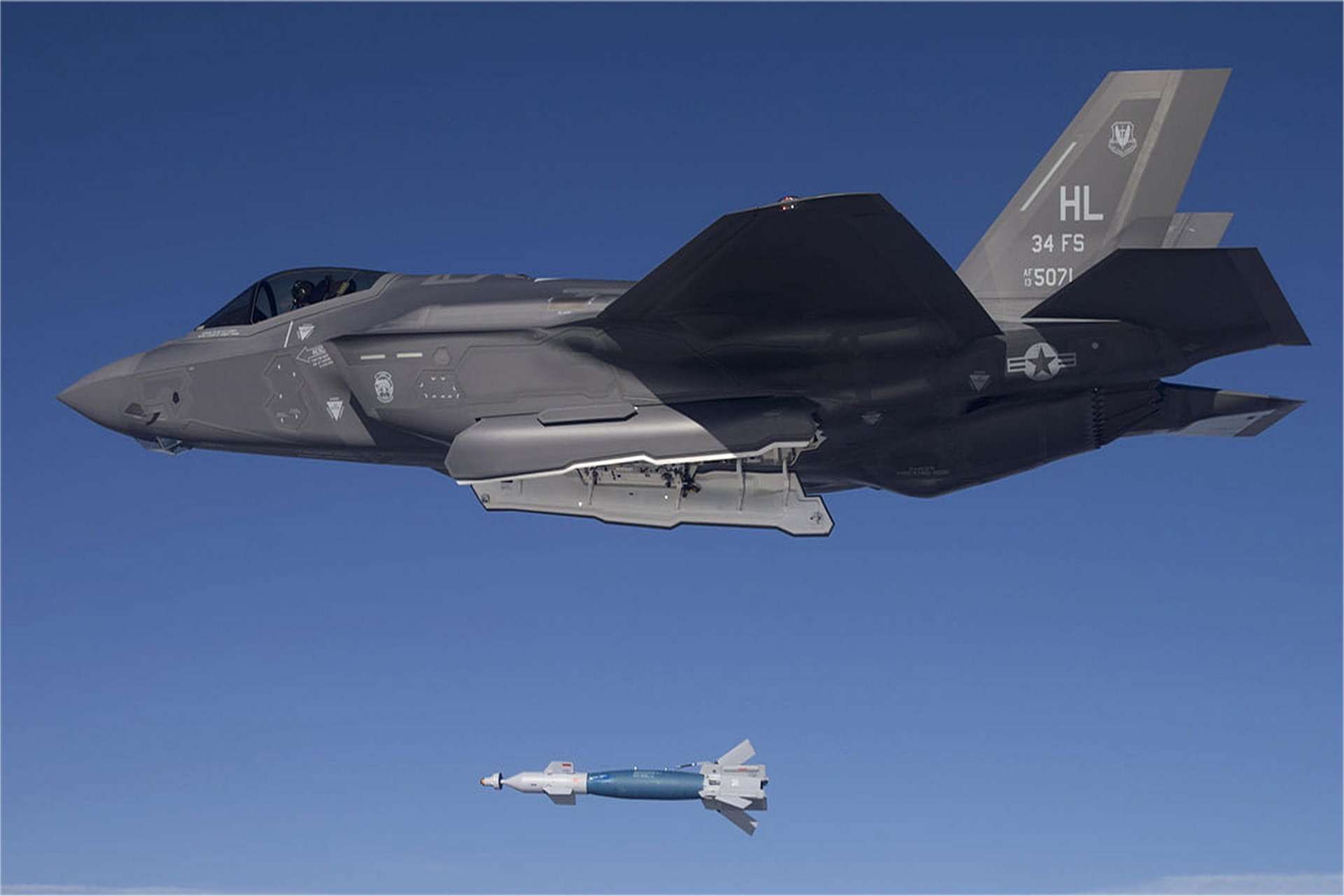Breaking News
NATO Signs Major Contract with Raytheon for Advanced Laser-Guided Systems.
In a strategic move aimed at enhancing the accuracy of its aerial missions, NATO has recently signed a multinational framework agreement with RTX for the acquisition of Paveway laser guidance kits. This partnership marks a significant step towards the modernization and unification of air defense efforts within the alliance.
Follow Army Recognition on Google News at this link

RTX Paveway laser guidance kits (Picture source: RTX)
The Paveway laser guidance kits, which can be attached to various types of warheads, are designed to improve tactical targeting through their advanced technology. They incorporate a semi-active laser seeker (SAL), a computer control group (CCG), a thermal battery, and a pneumatic control augmentation system (CAS). This technology allows missiles to follow the reflected light from a laser designator for increased accuracy during strikes.
The signing of this contract took place under the auspices of NATO's Support and Procurement Agency (NSPA), through its Ammunition Support Partnership, an initiative established in 1993 to coordinate the purchase of strategic weapon systems. This framework allows NATO to act as a single entity in the acquisition of defense systems, thereby providing immediate access to cutting-edge technology for all alliance partners.
Stacy Cummings, Director General of the NSPA, emphasized the importance of this contract for NATO: "This contract represents a strategic step forward in supporting NATO's collective defense capabilities. It is a major advance in our commitment to keeping the alliance at the forefront of defense technology."
Phil Jasper, president of Raytheon, the parent company of RTX, also expressed his enthusiasm for this collaboration. "Contracts like these demonstrate the value of large-scale system acquisitions. By centralizing demand across the alliance, we ensure that our forces are equipped to stay ahead of threats, at a cost and volume that suits their needs."
This contract not only benefits NATO in terms of improved defense capabilities but also stimulates the defense industry by allowing RTX to sell its systems on a large scale, funding the development of new international defense technologies. Thus, the agreement between NATO and RTX perfectly illustrates the value of international cooperation and collective acquisitions in strengthening global defense capabilities.
The Paveway® laser-guided bomb has revolutionized tactical air-to-ground warfare by converting "dumb" bombs into precision-guided munitions. Paveway bombs comprised more than half the air-to-ground, precision-guided weapons used in Operation Iraqi Freedom, Operation Enduring Freedom and Unified Protector.
Newer versions of the Paveway bomb are equipped with global positioning and inertial navigation system capabilities. This innovation combines the accuracy and flexibility of traditional laser-guided weapons with the all-weather capability of GPS guidance. The result is decreased sortie counts and weapon inventory and an increased mission success rate.
The Paveway family of bombs, initially developed in 1964 by Texas Instruments to meet the needs of the Vietnam War, represents a major advancement in air-to-ground weaponry. These laser-guided munitions, also referred to as "smart" munitions, allow for increased precision with fewer munitions used per target, thereby reducing collateral damage. The system was designed to optimize flexibility in use and logistics by adding a kit to a standard bomb body. This kit includes a head equipped with a laser detector, a computer, and guidance fins suitable for various bomb sizes, from 125 kg to several tons, as well as a rear stabilizer specific to each type of munition.
Over the years, these munitions have evolved to include features such as dual-mode GPS guidance, which allows for the engagement of multiple targets in a single pass regardless of weather conditions, and options to set the height of explosion to maximize military effectiveness while minimizing unwanted impacts. The effectiveness of these bombs was demonstrated during the First Gulf War, where only 10% of the laser-guided armaments managed to destroy 70% of the targeted objectives, proving their ability to focus impact on specific military targets while reducing collateral damage.


























